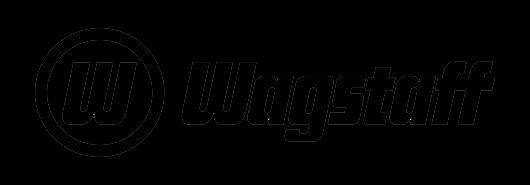
1 minute read
Biophilia (p.13-17
1:1 DESK ALLOCATION
The modern workplace is changing, with all signs pointing toward a future of remote workers and a level of flexibility never seen in traditional offices. In fact, 82% of working professionals say they expect their work schedule to include flexible hours and working remotely on scheduled days.
Advertisement
This new workforce will transform not only the atmosphere in work environments, but the physical workspaces themselves. With fewer employees coming into the office, some workers popping in and out throughout the week, and employers who are beginning to offer more flexible environments within the office, the modern workplace will transform accordingly. Here are some ways that the increasingly remote and mobile workplace will create entirely new standards for office design.
• Designated desks are no longer required • Incorporating more breakout spaces and lounge areas • Building smaller conference rooms • Smaller offices smaller carbon footprint



WELLBEING
Workplace wellbeing covers both the physical and mental state of employees. It’s centered on the idea that employers have the potential to influence how their staff feel about coming to work. This can be implemented by improving work processes and creating a culture of open dialogue with staff. The layout and design of the workspace can also help to improve employee wellbeing.
There is no 'one size fits all' when it comes to wellbeing in the workplace. While the specifics will differ from company to company, many businesses which implement wellbeing strategies see an improvement in the performance of their workplace.



